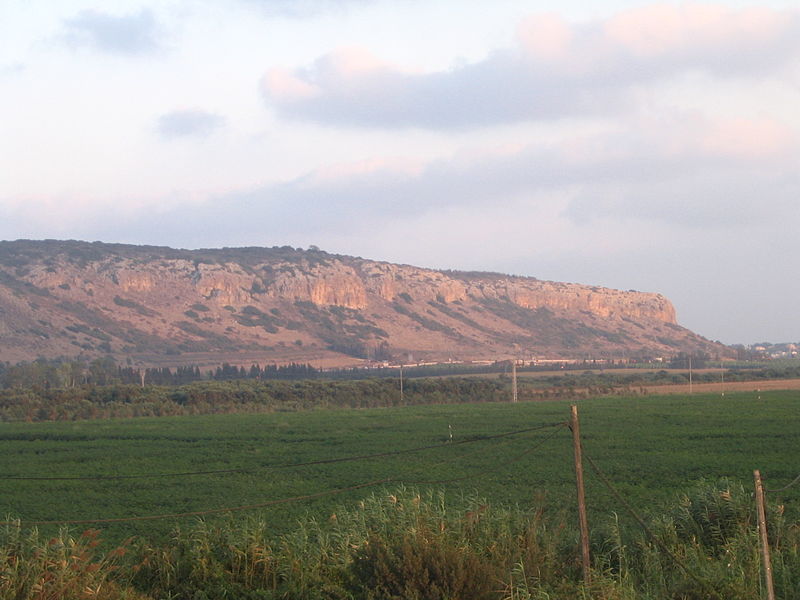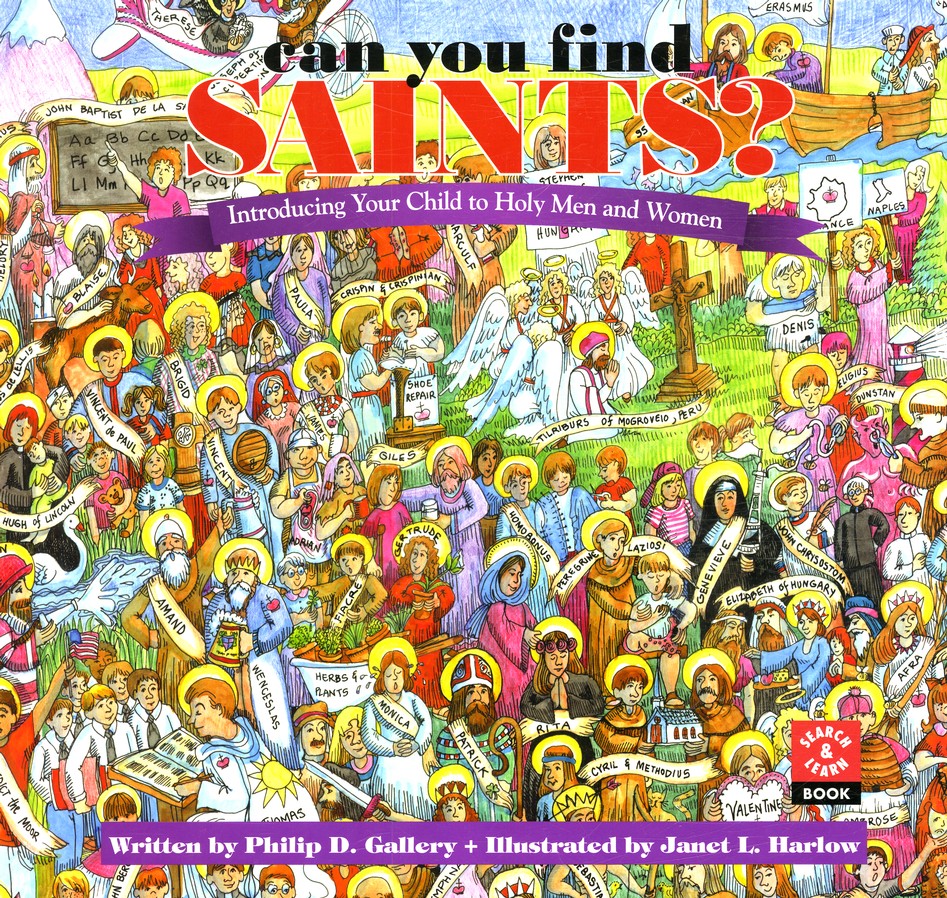
What is Carmelite spirituality? A couple of readers have asked me this question, and I assume several more have wondered and not asked. So I’m going to write this as a post (for maximum visibility and readership), then make it a permanent page soon.
Carmelite spirituality stems from the teaching and lifestyle of one of the oldest surviving religious orders in the Catholic Church. Like the Franciscans, Jesuits, Dominicans, and others, the Carmelites have a particular way of living out the faith, which has been approved by the Church. St. Therese of Lisieux, one of the best-beloved saints of our age, was a Carmelite nun.
From ancient Mt. Carmel to medieval EuropeIn the 12th century, a group of Christian hermits settled on Mt. Carmel, where the prophet Elijah had once lived in a cave. St. Albert of Jerusalem wrote a rule of life for them to follow. They built a monastery and came together for prayer, but each lived in his own cell. They dedicated their oratory to Mary, becoming known as the Brothers of the Blessed Virgin Mary of Mt. Carmel.
As always, tensions were high in the Middle East at this time. Soon the Carmelite brothers left the Holy Land for Europe. There they assumed an active life–that is, living and working in the world. Blessed John Soreth established the Carmelite nuns in 1452. The Third Order, for seculars, began two centuries later.


 This post is part of an occasional series called Finding God in Children’s Literature, in which I look at children’s books in light of the Bible and Sacred Tradition. All correlations between these books and the Christian faith are my own insights, unless otherwise noted. You may quote me or link to these posts, but please do not re-blog them or use these ideas as though they were your own. Thank you.
This post is part of an occasional series called Finding God in Children’s Literature, in which I look at children’s books in light of the Bible and Sacred Tradition. All correlations between these books and the Christian faith are my own insights, unless otherwise noted. You may quote me or link to these posts, but please do not re-blog them or use these ideas as though they were your own. Thank you. Parents: I have written a short biography of Pope Francis for children. Scroll down to find definitions of vocabulary words, links, downloads, and other teaching ideas.
Parents: I have written a short biography of Pope Francis for children. Scroll down to find definitions of vocabulary words, links, downloads, and other teaching ideas.